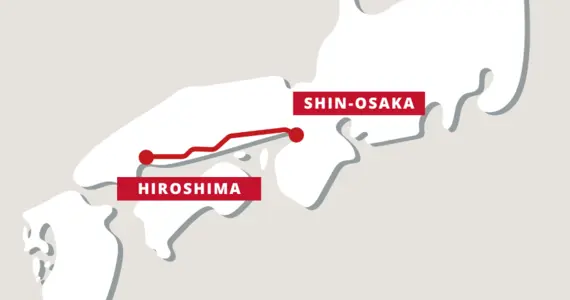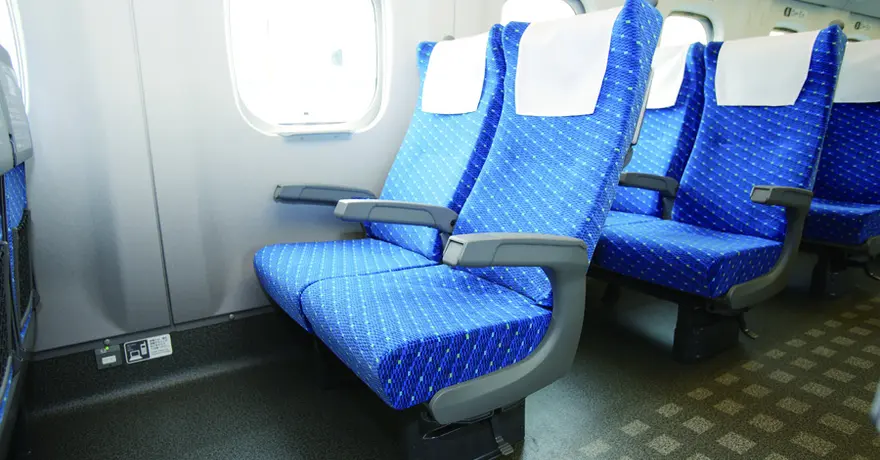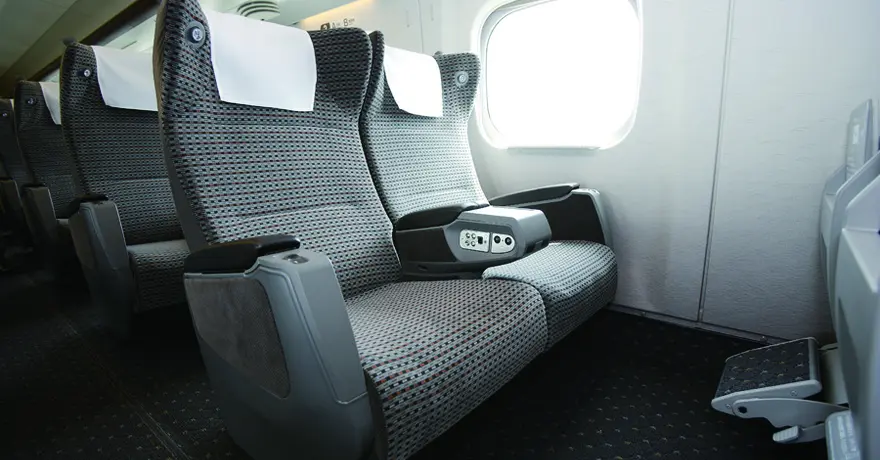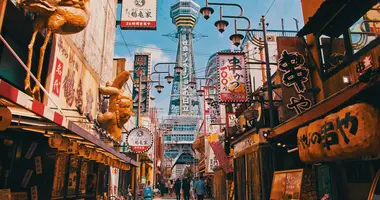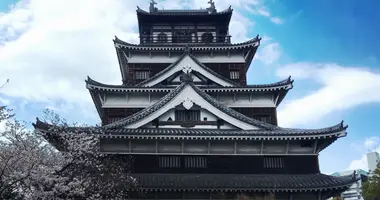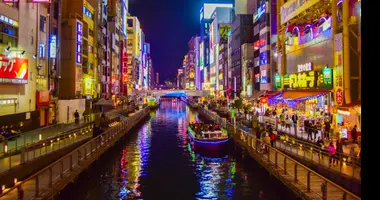Train Tickets from Osaka to Hiroshima
Official train tickets seller
Choose your preferred seat
7/7 Assistance
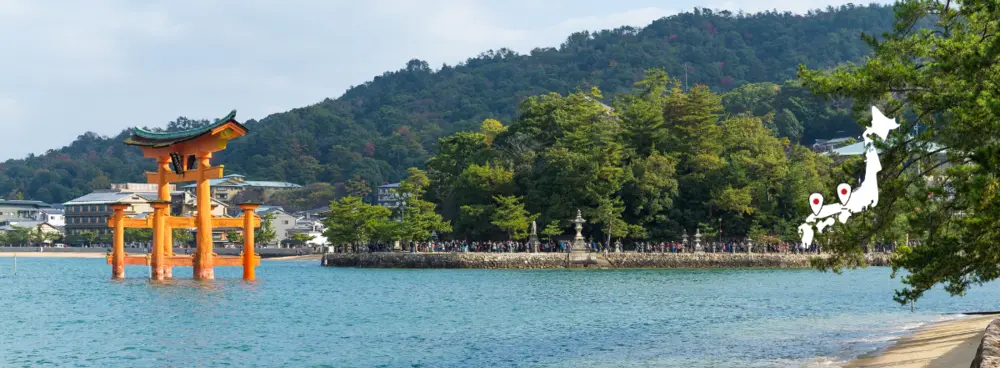
Travel conditions
Ticket type
Passenger information
Seating options
Buy your train tickets in Japan in 3 easy steps
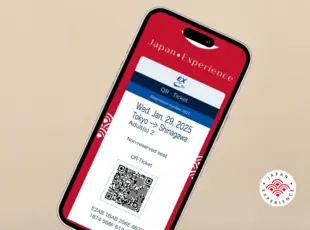
Choose and buy your train tickets for your preferred travel date
Receive your e-ticket one month before departure
Scan your e-ticket in train stations in Japan
Trains in Japan: what does it look like?
What our customers say about us
Travel advice from our Japan train expert
Traveling by train in Japan
Japan boasts a highly developed rail system, making it an extremely practical mode of transportation for both locals and visitors. As a result, both residents and tourists frequently find themselves using trains, whether it's their local lines or the renowned Shinkansen bullet trains. For those embarking on their first journey to Japan, the significance of train travel during their stay is likely to be a consideration.
Although train travel is a common aspect of life in Japan, there are several factors that may necessitate some prior knowledge or preparation before first-time travelers board a train. This is true even for those hailing from countries with a strong train travel culture.
What makes trains so popular in Japan?
Japan's rail transportation network is regarded as one of the finest globally. Riding the train in Japan can be described in three words: efficient, fast, and clean. Until you experience it firsthand, it can be difficult to grasp just how easy and remarkably convenient train travel is in Japan. Even with millions of passengers utilizing the rail system daily, trains remain impeccably clean, punctual, and operational. For many, this may seem like a dream compared to the train networks in their own countries.
There are numerous factors contributing to this remarkable railway system, but it primarily stems from Japan's dependence on fossil fuel imports, which led the nation to significantly invest in its train transportation network. Since the late 1800s, Japanese train companies have been constructing lines to transport people and goods efficiently from one location to another, and as a result of this extensive network, cities began to develop around train stations. While much of Western urban development has centered on car-oriented infrastructure, Japan has largely shaped its urban expansion around train stations. In most Japanese cities, train stations serve as the economic and demographic hubs of the area.
Through strategic investment in its rail system, Japan has successfully established one of the most dependable, swift, and secure rail networks globally!
Shinkansen information
The Tokaido-Sanyo Shinkansen is one of the most popular Shinkansen bullet train lines in all of Japan, going between the nation’s capital, Tokyo, Osaka, and extending out to Hakata with transfers from the Kansai region. The Shinkansen departs from Shin-Osaka Station, which was established to service the first Shinkansen bullet trains before the 1964 Tokyo Olympics.
Types of Shinkansen
From Shin-Osaka Station, the Shinkansen heads to Hiroshima Station in the center of the city. The journey only takes about 2 hours, traversing over 370 kilometers. During the ride, travelers will have access to a number of amenities, including power outlets, reclining chairs, and collapsible trays to use to eat eki-ben, special lunch boxes made specifically for long-distance Shinkansen bullet train travel! Shinkansen trains available on this line are the Nozomi, Mizuho, Sakura, Hikari, and Kodama.
How to get to Shin-Osaka Station
Shin-Osaka Station was instituted to service the newly debuted Shinkansen bullet train in 1964, debuted for the Tokyo Olympics held that same year. Shin-Osaka serves as the major hub for traveling from Osaka to other locations within Kansai and all of Japan. As a major station in a major city, a number of train lines go through Shin-Osaka Station, including the JR Osaka Loop Line and trains on the Kobe and Kyoto Lines.
Where to go from Hiroshima Station
Much of the city of Hiroshima is accessible with Hiroshima Station as a travel base! Nearby, the city’s rich history can be witnessed at the Toshogu Shrine, only an 8 minute walk from the station itself. Other lines are great for transit around the remaining Chugoku region, such as the Geibi Line and Sanyo Line. The station is also a terminal stop for the Hiroden Trams, historic tram cars that are synonymous with Hiroshima as a whole.
